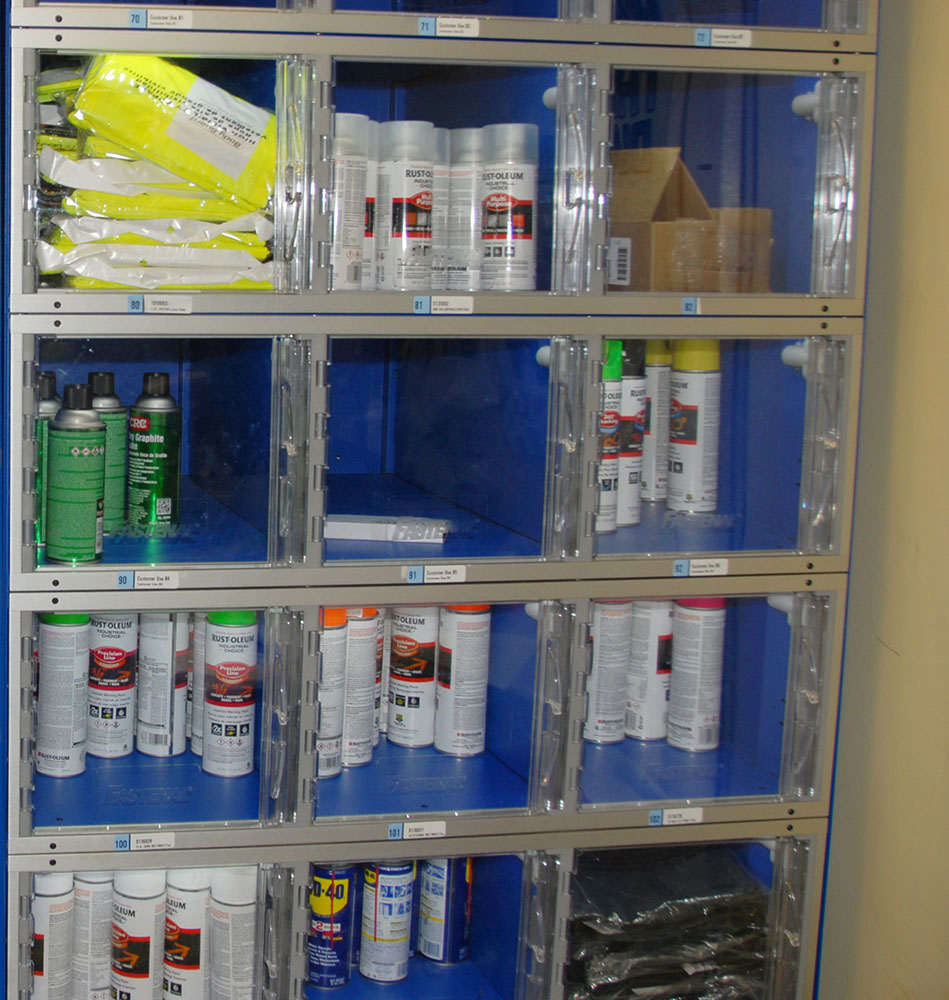s
HAZCOM is one of OSHA’s most important compliance requirements. Its education, training, chemical labeling and safety programs are all designed to increase workers’ knowledge and understanding, so they are protected from exposure to potentially dangerous substances.
HAZCOM compliance includes creating and maintaining a binder that contains a Material Safety Data Sheet (MSDS) (with the regulations updated, these are now referred to as safety data sheets or SDS) for every chemical product processed, stored, or used at the facility. MSDSs are used to educate workers about what protective clothing or other precautions are needed as well as how to quickly deal with accidental exposure.
For example, workers in an auto body shop may potentially be exposed to harmful spray paint vapors if the ventilation equipment fails or is insufficient. Although it is incumbent upon the employer to take steps to protect employees, workers can also refer to the appropriate MSDS to determine how to protect themselves using respirators or other tools.
Community Right-to-Know Takes a Broader View
Whereas HAZCOM focuses on the workplace, Community Right-to-Know (RTK) focuses on the community at large. Its purpose is to protect people, property, and the natural environment from exposure to toxic chemicals during emergency situations. To do that, RTK requires all commercial, public and industrial facilities to take certain ongoing inventory and safety steps.
As with HAZCOM, Community Right-to-Know requires facility managers to maintain a Safety Data Sheet or SDS (formerly known as MSDS) for each chemical product stored or used on-site. In addition, managers must maintain a complete chemical inventory, and file a detailed report with the New York City Department of Environmental Projection (NYCDEP) and the Fire Department of New York City (FDNY) every year on March 1st.
The chemical inventory should include the following:
- Chemical name
- Amount stored
- Substance characteristics (delineated by MSDS)
- Safe treatment and handling methods
- Potential negative health effects
The Community Right-to-Know law is based on the belief that education, training and precautionary measures greatly lessen the chance of accidents. And it promotes a clear and complete knowledge of where chemical products are located and in what quantities, enabling emergency responders to know what to expect in advance so they can be best prepared to deal with whatever situation arises and remain safe themselves.
* In late 2012, OSHA finalized the Hazard Communication Standard (HCS). This requires “All employers, per 1910.1200(g)(1) and 1910.1200(g)(8), must have, maintain, and make available to employees the most recent MSDS or SDS… .” Employers now refer to them as SDS
